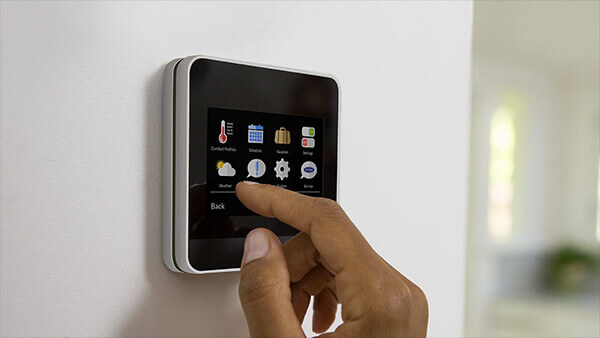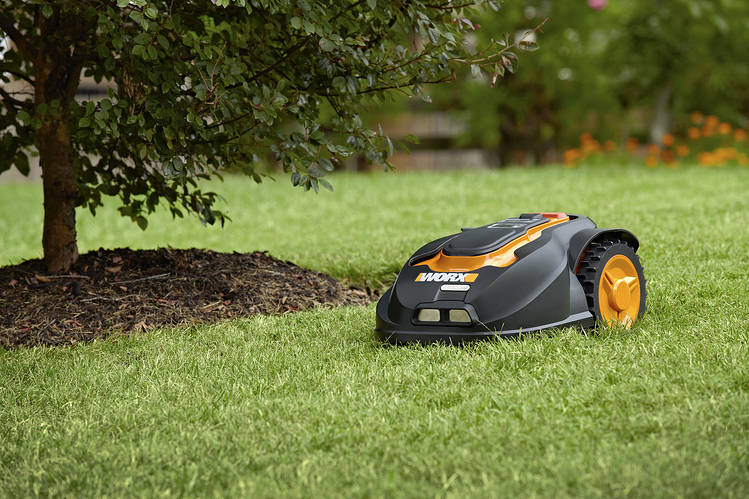When it comes to selling your house, it’s important to get everything as close to perfect as possible before showing off the house. Not only will this let potential home buyers see the property at its best, but it will also help to justify a higher cost than a messy house might. There are a few things that can make this a bit harder to achieve, though. One of the big hurdles that you might need to plan around is if you have pets that live in the home.
This doesn’t mean that pets are a bad thing, of course. There’s a decent possibility that at least some of the people interested in your home will have pets as well – and having a property that’s already pet friendly could actually be a big selling point for them. The issue is that the house is your pet’s home, too, so you have to make sure that they stay safe during showings while also ensuring that they don’t negatively affect the sale.
Thorough Cleaning Time
Before any showing, make sure that your pets are cleaned up after as much as possible. This means freshly cleaned litter boxes with new litter, freshly cleaned carpets to take care of any pet stains or shed fur, odor-neutralizing air fresheners… as much as possible, you want the lingering sights and smells that pet ownership can bring to disappear. This not only puts your best foot forward, but it will also impress potential buyers who may not be pet people.
Time Your Showings Carefully
One big rule to follow when you have pets is that there shouldn’t be any showings when you or your spouse or partner aren’t at home. Even if you have a terrific Realtor or real estate agent helping you to sell your house, your pets are still your responsibility. More importantly, should your pet get out, they are more likely to respond to you calling them than a stranger. This rule is very important for your pet’s safety, so it’s definitely not one to break.
Avoid Direct Interaction
Another important part of showing your home while you have pets is to keep your pets from being in the same area as potential buyers. While you might have a dog who’s just a bundle of cuddles and only wants to love everyone, a potential buyer might be afraid of dogs or could just like cats more and not want to be bothered. This also helps to protect your animals, as it ensures that they won’t accidentally get hurt if they startle a potential buyer or get accused of trying to attack them.
Disclose Your Pet Ownership
Something to keep in mind once you’re ready to start showing your home is that you need to disclose the fact that there are animals living on the property (and in the house, if they’re inside pets.) This not only lets potential buyers know that there may be animals on the premises, but it also serves as a warning for those with severe pet allergies. Even though you should clean thoroughly (remember that first tip?), a potential buyer who has a very severe allergy will know that there might be a risk in your home. It might lose you that particular sale, but that’s still better than making someone sick.





















